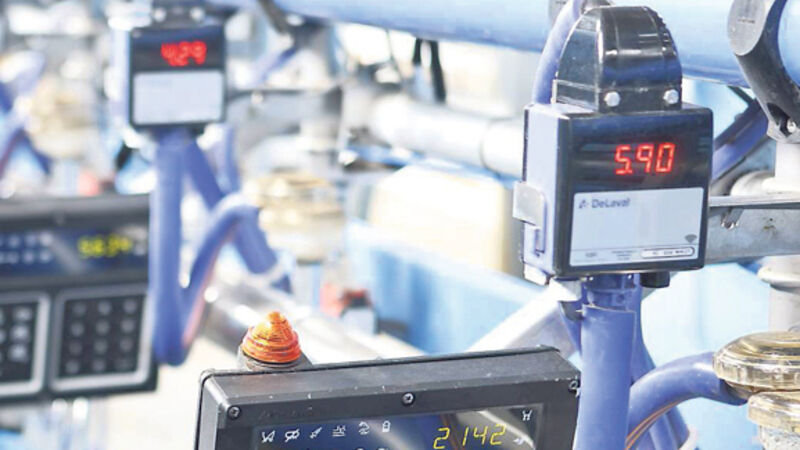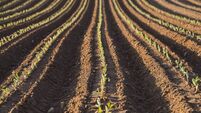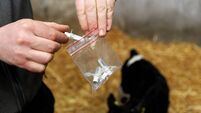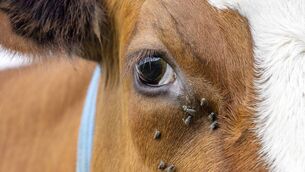PLF for individual animal care

Precision Livestock Farming (PLF), relying on automatic monitoring of individual animals, is used for animal growth, milk and egg production and detection of diseases, and to understand the animal’s behaviour and monitor its environment.
Precision livestock farming (PLF) enables attention to each individual animal, and is typically applied to the more intensive husbandry of pigs and poultry, and dairying, according to the EU’s Joint Research Centre.
The advance of such monitoring and control systems has led to development of automatic milking machines now marketed by several European manufacturers.
Essentially, automatic attachment of teat-cups connects each cow, at a time of its own choosing, to the vacuum milking line. The cups must be applied firmly but gently to the cows’ teats, avoiding damage to the cow or the machine.
These voluntary milking systems handle 65 or more cows, averaging 2.7 times per cow per day.
New systems also include milk monitoring systems to check fat and microbial levels and indicate potential infections; robotic feeding and weighing systems and cleaners, feed pushers and other aids for the stockman; and even imaging systems to avoid direct contact with animals.
The economic justification for these expensive units is that they offer each cow the opportunity to be milked more often than the usual procedure (twice a day). This is beneficial for the cows and it increases milk yield.
New systems for data monitoring for feed and water consumption can also be used for early detection of infections.
Using precision methods to raise cow yields towards 20,000 litres per life time, whilst increasing the life expectancy of cows, could reduce agricultural methane emissions by 30%.
Quality of feed is difficult to measure, but by using a pH bolus in the rumen of sentinel cows, pH can be accurately tracked, and feed adjusted as necessary. This continuous monitoring of ruminal pH in cows is a good example of PLF, as it has been shown to be a very important parameter for nutritional status and for the Sub-Acute Ruminal Acidosis (SARA) disease.
SARA is found in 11-29.3% of early lactation cows, and in 18-26.4% of mid-lactation cows.
Since 2005, boluses that measure pH continuously and use wireless techniques have been used for research purposes. The bolus is swallowed by the cow and resides in the first stomach, in a sensor-down position in cows with normal shaped reticulums.
The challenge is to implement feeding management and husbandry practices that avoid or reduce the incidence of SARA.
A wireless rumen pH telemetry bolus was used on eight commercial farms from April to August 2013 in the South West of England, and 60% of farmers and their consultants saw a monetary benefit, proving the commercial benefit of rumen pH monitoring.
Other sensors are now used to provide alerts of birthing and fertility. A vaginal thermometer monitors the temperature, imminence of birthing and the breaking of waters, and communicates to the farmer via SMS.
Or a sensor placed on an animal’s collar records parameters to detect signs of oestrus and readiness for fertilisation.
An SMS message then allows the farmer to plan for insemination.
Tagging of cows to provide tracking information related to animal behaviour is used for detection of cow fertility or illness, and can provide information on pasture use density, for field management.
Virtual fencing uses the Global Navigation Satellite System (GNSS) based location of an animal, in combination with a sound or electrical stimulus, to confine animals inside a pre-defined area, without fixed fences.
Other examples of tracking systems used on livestock farming are related to transport of animals.
An EU regulation on protection of animals in transport requires that any road vehicle undertaking long journeys transporting livestock must have a satellite tracking system.
Enforcement officers use this to assess compliance with the regulation.
Other developments include monitoring the growing herd, where measurement of growth in real time is important to provide feed conversion and growth rates (for example, in pigs).
Acoustic sensors detect an increase in coughing of pigs as an indicator of respiratory infection.









